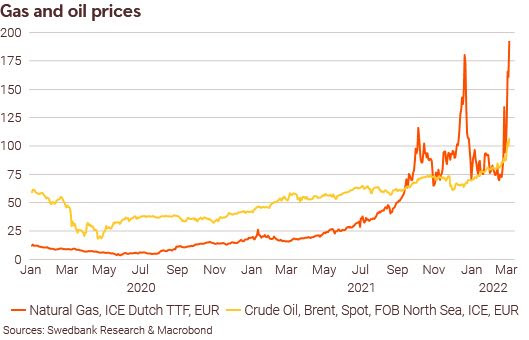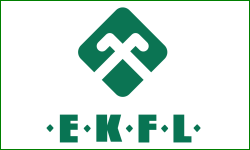 In February consumer prices rose by 12.0%, year-on-year, and 1.5%, month-on-month. Prices were lifted mainly by energy and food, although the increase in consumer prices is becoming more widespread, as rising production costs and supply disruptions are affecting a large part of the economy.
In February consumer prices rose by 12.0%, year-on-year, and 1.5%, month-on-month. Prices were lifted mainly by energy and food, although the increase in consumer prices is becoming more widespread, as rising production costs and supply disruptions are affecting a large part of the economy.

Food prices have grown by 7.8% in just two months, the largest increase since the 1990s. The rise in food prices was driven by vegetables, fish, and dairy products. Food is relatively expensive in Estonia. In 2020, food prices accounted for 96% of the EU average in Estonia, 94% in Latvia and 84% in Lithuania. The rise in food prices affects lower-income families the most. Families in the lowest consumption deciles spend around 30% of their total budget on food, while the wealthiest decile spends around 14%.
The war in Ukraine is pushing energy and food prices even higher. The prices of many commodities, including gas, oil, metals, and wheat, have risen sharply in recent days, with Russia, Belarus and/or Ukraine being important suppliers. Restricting oil and gas imports from Russia is pushing energy prices through the roof – oil and gas prices in EUR have never been as high as they are today.

Inflation will remain in double digits in the coming months. Energy prices will rise further in March. Despite the sharp rise in prices, consumption has so far been strong. In January, price-adjusted retail volumes increased by 8 per cent year-on-year. However, consumption growth is expected to slow in the coming months as prices rise faster than incomes and uncertainty about the future has increased.














